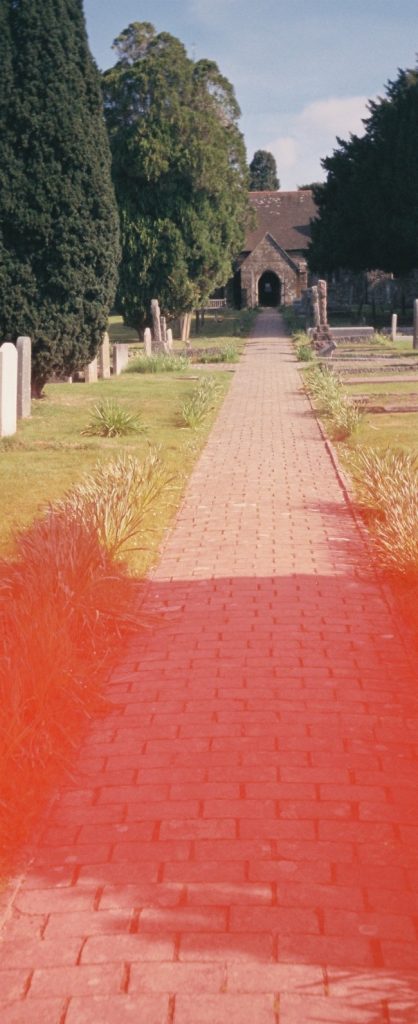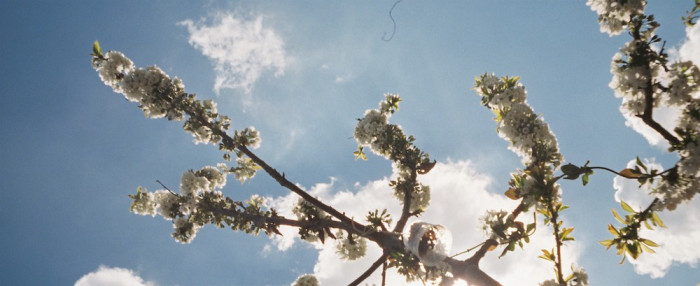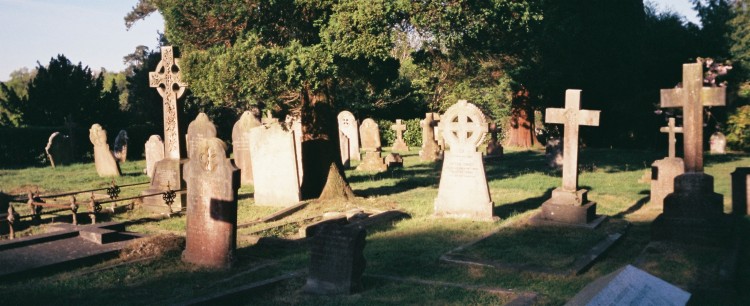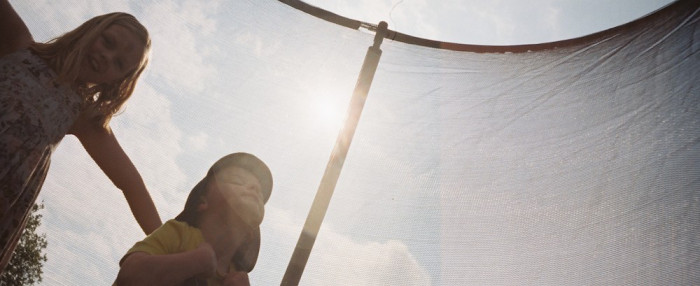The premise was simple – offload erm.. generously give away 3 identical cameras I’d manage to get from some joblots. That camera was the dust gathering charity shop plastic everything regular the Halina Panorama. We’ve already heard how Hamish of 35mmc fame and Lucy Wainwright whom is much more at home with the plastic fantastic got on. But our third camera went to Dan James from 35Hunter.
So far my trio had reviewed true to form. Hamish whom is more use to high end elite compacts and Leica glass, although finding some simplistic joy in using it, was not impressed. Lucy whom was much more at home in plastic-fantastic land had a ball and that camera has disappeared off to be shared by her peers. But Dan had been a bit more difficult to predict. These days he’s more at home weighing up the merits of M42 mount Russian, German and Japanese glass but he has form looking at reasonably priced compacts. That said those compacts are of the good quality glass types like the bargain Pentax Espio and Olympus XA series. How would he fare with with a tad more basic and plastic beast ?
He’s posted his thoughts on his blog and has kindly agreed to let me print a condensed version (all non tagged shots are his taken on this camera with Fujifilm Superia X-tra 400)
My fellow photographer and cheapskate Alan Duncan challenged me to shoot a roll with a mystery film camera he’d send in the post.
I agreed, always interested in trying a new toys, and eagerly awaited the postman’s arrival with A Leica M series, Contax III or maybe at least a Pentax AF SLR. What arrived was not Germany or Japan’s finest, but this little beauty made in Thailand, the Halina Panorama.
Told you Alan was a fellow cheapskate. It actually made me smile, and ironically only a few weeks earlier I’d bought a near identical Miranda Solo Panorama.
What I liked
It’s very simple.
There are no frills whatsoever, with its fixed focus, fixed aperture. You just compose and shoot. Like that old saying about photography, the only two choices you have are where you stand and when you release the shutter. Arguably as pure as photography gets.
This was really liberating, especially shooting it in between my favoured camera of the moment, a semi pro Pentax DLSR which I’m slowly figuring out using a range of different lenses and modes.
It got me back to the raw essence of composition.
The panoramic perspective.
Cleverly with the Halina, you can remove the panoramic mask very simply (more likely it was cheaper to manufacture this little mask and insert it into a standard plastic full frame 35mm)
Also the viewfinder is the same widescreen aspect ratio so when you’re composing you can’t help but be looking for the kind of shoots that work well at the apparent 5:2 ratio.
The shutter button lock.
Might be no frills but it does have a useful lens cover/ shutter button lock. Slide the cover across the lens and it not only keeps the dust out but also prevents the shutter from being accidentally pushed.
I’ve had a number of far more expensive cameras that don’t have this precious film waste prevention mechanism built in. Neat touch!
It’s plastic, but good plastic.
What I mean is has some of the best qualities of plastic – cheap to make, very light , easy to wipe clean, without being so flimsy you feel it will implode at any moment.
The film wind on was surprisingly robust too, again much better than many “lomo” cameras I’ve used. It really wasn’t much different to the wind on wheel of the fantastic Olympus XA series, and if anything quicker to wind on.
Ergonomics.
The more time you spend with it, the more you realise perhaps first impressions didn’t give it enough credit and in fact for its purpose it is almost perfectly designed.
The ergonomics you’d think would be not existent, essentially a black block of plastic. But the curved cutout for your thumb at the rear (with that thumbwheel to wind on the film ideally placed in the centre), and the subtle but very useful little raised bump on the front of the camera to rest your finger make it surprisingly reassuring to hold and use.
Even the film door has a separate switch to pop it open (and one that works instantly, unlike the Superheadz cameras) and which is far more practical and confidence inspiring that the swift pull up on the rewind crank that the majority of 35mm cameras require.
What I didn’t like.
Annoyingly, there was some debris or hair or something inside the camera which intermittently announced itself in the pictures. This could be avoided on the future with a clean before loading film, and of course could happen with any camera,
Obviously there was no control over exposures. So you had to pick days and scenes where the camera would likely expose ok. I figured out that any sunny day should be fine, as long as I avoided the shadows. Which turn out to be fine for at least 75% of the shots.
It could have had a wider lens. I estimate it’s maybe 28mm, maybe only 30mm. I’ve had wider cameras that have given a more dramatic result with the kind of widescreen shots the panoramic frame otherwise encourages.
Summary
I’m really grateful to Alan for sending me such a simple camera, and with the panoramic option too, something I’d not seriously tried before.
The pictures were probably about as good/bad as I hoped/expected, but of course technically stunning images are never the point of this kind of camera, or experiment.
There’s a somewhat unromantic saying that out of the hundreds of people we meet in our lifetimes, the people you choose to settle down and spend your life with, are not so much the ones you can’t bear to live without, but simply the ones that annoy you least.
And the Halina Panorama is much like that theory.
It’s not amazing, and maybe you wouldn’t consider picking it up at all. But when you do, there’s actually very little that annoys and plenty to like.
Combine that with the challenge of making an image you’re proud of with what’s essentially 130g of plastic with no electronics that probably cost 7 pence to make, and the HP might well be exactly the juicy shot of cheap widescreen thrills your photography needs every now and again..
So a success here but notably more about the joys of using than image quality a theme that runs through all 3 reviews. This no mju-II challenger but then again it never was (although in Lucy’s hands I might revise that view) nor is it a looker but as Dan points out it is well designed ergonomically (IMHO like many Halina cameras of that era like the Micro 110) and given the fact you’ll likely find it languishing in a charity shop somewhere near you worth a spin for a reloadable camera that costs a fraction of a disposable.

What do you think ?








Not that I need this camera, but Alan you do have the PN2011 – how does this compare to that one?
I Reviewed the PN2011 in readers digest PN919 guise recently https://austerityphoto.co.uk/behind-the-mask-readers-digest-pn919vivitar-pn2011-review/.
That’s a tricky call to compare. But clinically the PN2011 is wee bit better optically (that might be at the expense of some lo-if charm). You also can change the mask anytime you want, the panorama’s mask has to be removed or reinserted at loading.
I’m suprised you’ve not tried the Ansco pix panorama version of the Halina. I was led to believe they’re commonly cluttering up the camera buckets at your thrift stores for next to nothing in the same way as our charity shops are often a common place for Halina panoramas